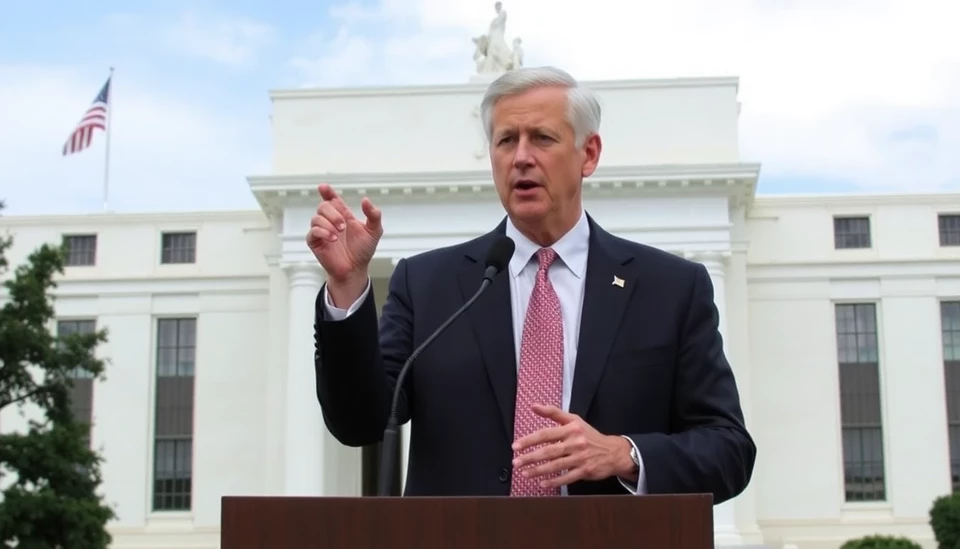
On December 18, 2024, the Federal Reserve convened for a critical meeting to determine the trajectory of interest rates amid evolving economic conditions. As anticipated, Jerome Powell, Chairman of the Federal Reserve, addressed a room full of reporters following the decision, providing valuable insights into the monetary policy outlook and the central bank's response to current economic indicators.
This meeting arrives at a pivotal moment for the U.S. economy, which is grappling with mixed signals regarding inflation, employment rates, and global economic factors. Analysts were closely watching the Fed’s decision, particularly given recent inflation trends, which have exhibited a degree of stubbornness, compelling the central bank to consider its next moves carefully.
During the press conference, Powell emphasized the Fed's commitment to its dual mandate of promoting maximum employment and stabilizing prices. He noted that while there has been some moderation in inflation, it remains above the target rate, necessitating a cautious approach moving forward. Powell articulated that the Fed would remain responsive to incoming data and adjust their strategy as needed to maintain economic stability.
In the buildup to this meeting, market analysts speculated extensively about the potential for interest rate changes, as ongoing inflation concerns weigh heavily on monetary policy. The Fed's decision to hold rates steady—or to make adjustments—will significantly influence borrowing costs for consumers and businesses alike, shaping the economic landscape for the upcoming year.
Powell reiterated the importance of transparency in the Fed's decision-making process, mentioning that the central bank would continue to communicate its intentions clearly to avoid any market surprises. He provided a snapshot of the Fed’s assessment of the labor market, noting that while job growth remains robust, signs of wage pressures could pose a challenge in the formulation of their policies moving forward.
As for future rate hikes, Powell remained noncommittal, indicating that decisions would depend on the economic data trends observed in the coming months. He emphasized that while the Fed is prepared to tighten policies if inflation remains elevated, they are also ready to pivot if economic conditions change unexpectedly.
The Fed's announcement and Powell's remarks signal not just an immediate response to current economic challenges but also a forward-looking strategy geared towards balancing growth with inflation control. Observers from various sectors will undoubtedly be analyzing Powell's statements for hints about future policy adjustments and their potential impact on the economy as a whole.
As the meeting wrapped up, stakeholders across financial markets reacted with cautious optimism. Investors are keenly aware of the implications of the Fed’s actions and will likely adjust their strategies based on the insights gleaned from Powell's comments and forecasts.
The meeting not only reflects the ongoing strategy of the Federal Reserve but also underscores the delicate interplay between economic growth, inflation, and monetary policy in a post-pandemic environment. As the U.S. economy continues to navigate these complexities, all eyes will be on the subsequent decisions made by the Fed in the coming months.
As the Fed communicates its next moves, analysts and economists will be keenly monitoring both the domestic and international economic landscapes, preparing for how these dynamics will shape the future monetary policy landscape.
In summary, the key takeaways from today’s meeting highlight the Fed's cautious approach to interest rates, its commitment to addressing inflation, and the ongoing assessment of economic data as a vital component in shaping future policy decisions.
#FederalReserve #InterestRates #JeromePowell #MonetaryPolicy #Inflation #EconomicOutlook #FedMeeting #FinanceNews #USEconomy
Author: Laura Mitchell




